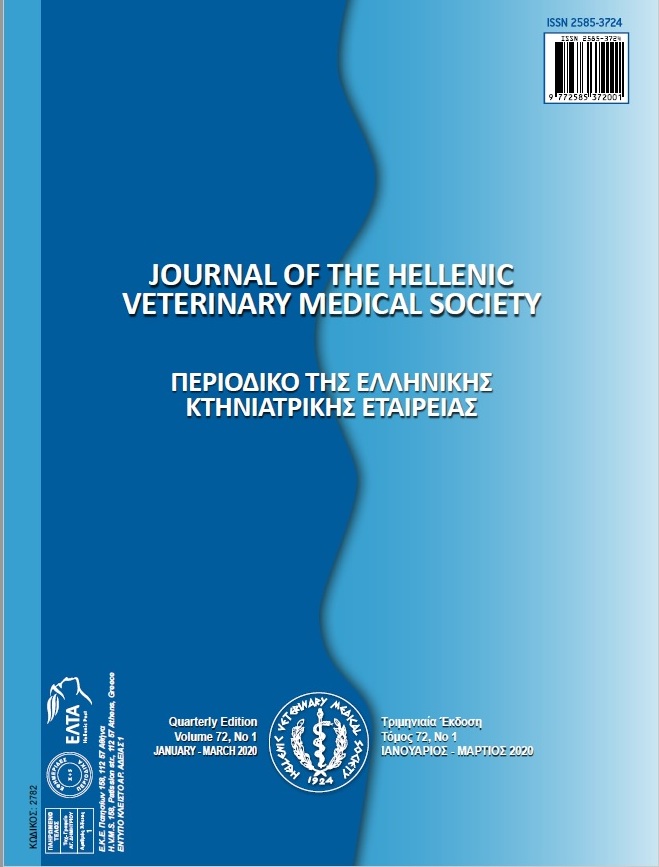Occurrence and molecular characterization of Salmonella Typhimurium and Salmonella Enteritidis isolates from contaminated food samples from Palestine
Résumé
Salmonella is one of the most frequently isolated foodborne pathogens. It is of major public health concern worldwide. Poultry meat and eggs represent an important source of Salmonellae organism for consumer health. This study aimed to evaluate the occurrence of Salmonella enterica serotype Typhimurium and Enteritidis using multiplex PCR (mPCR) among isolates collected from the local market and to assess genetic relationships between isolates of S. Typhimurium, which was the only serotype isolated from the tested food samples. This was done using virulence factors profiling and fingerprint profiling by random amplified polymorphic DNA (RAPD-PCR) and repetitive sequence PCR (REP-PCR) using enterobacterial repetitive intergenic consensus (ERIC-PCR) and interspersed repetitive DNA sequence BOXAIR-PCR.
The overall occurrence percentage of S. Typhimurium and S. Enteritidis out of 51 isolates was 54.9% and 0.0%, respectively. Only 13 out of 17 virulence genes were detected in these isolates. The occurrence of the detected virulence genes among these isolates was 100%, 50.0%,46.4%, 39.3%, 35.7%, 35.7%, 32.1%, 25.0%, 25.0%, 17.6%, 14.3%, 14.3%, 3.6% for invA, sopB, prgH, sitC, pefA, tolC, cdtB, msgA, sifA, iroN, spiA, ipfC and pagC, respectively. The remaining virulence genes were absent in all of the isolates. Based on the combination of the presence and absence of virulence genes, eight profiles were detected among these isolates, the most common genetic profile was V5 (each 32.1%). Based on this genetic profile at cut-off point 96.0%, both ERIC and BOX primers allowed for discrimination into 4 and 6 clusters or clones of 16 S. Typhimurium isolates, respectively. Results of PCR typing methods showed that, three strains clustered together using both ERIC-PCR and BOX-PCR typing methods and they had the same virulotype (V1), while other four strains also clustered together by both typing methods and had the same virulotype (V8).
Contamination of food with Salmonellae especially with S. Typhimurium was high and indicated a bad microbiological quality of food. This emphasizes the need for rigorous public health and food safety methods to lower the human health hazard and risk associated with Salmonellae infection.
Article Details
- Comment citer
-
Adwan, G., Abuseir, S., Khreishi , O., Hussein, A., Khraim, N., & Abed Al-Daym , M. (2023). Occurrence and molecular characterization of Salmonella Typhimurium and Salmonella Enteritidis isolates from contaminated food samples from Palestine. Journal of the Hellenic Veterinary Medical Society, 74(3), 6201–6211. https://doi.org/10.12681/jhvms.31088
- Numéro
- Vol. 74 No 3 (2023)
- Rubrique
- Research Articles

Ce travail est disponible sous licence Creative Commons Attribution - Pas d’Utilisation Commerciale 4.0 International.
Authors who publish with this journal agree to the following terms:
· Authors retain copyright and grant the journal right of first publication with the work simultaneously licensed under a Creative Commons Attribution Non-Commercial License that allows others to share the work with an acknowledgement of the work's authorship and initial publication in this journal.
· Authors are able to enter into separate, additional contractual arrangements for the non-exclusive distribution of the journal's published version of the work (e.g. post it to an institutional repository or publish it in a book), with an acknowledgement of its initial publication in this journal.
· Authors are permitted and encouraged to post their work online (preferably in institutional repositories or on their website) prior to and during the submission process, as it can lead to productive exchanges, as well as earlier and greater citation of published work.




